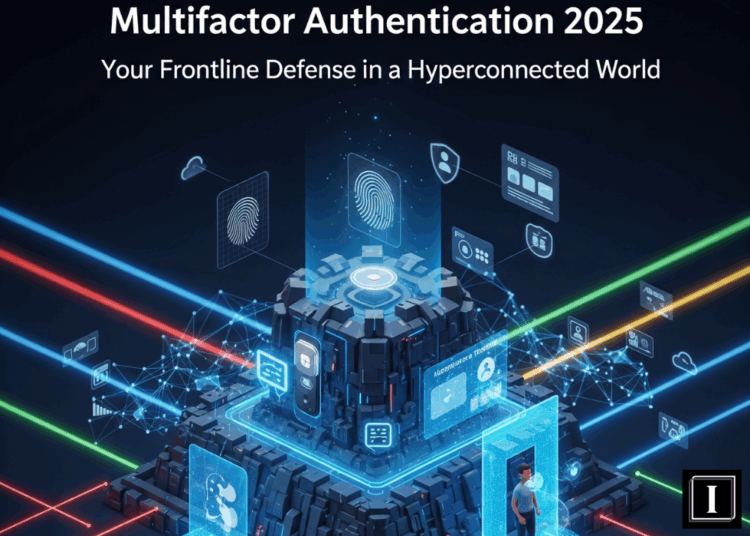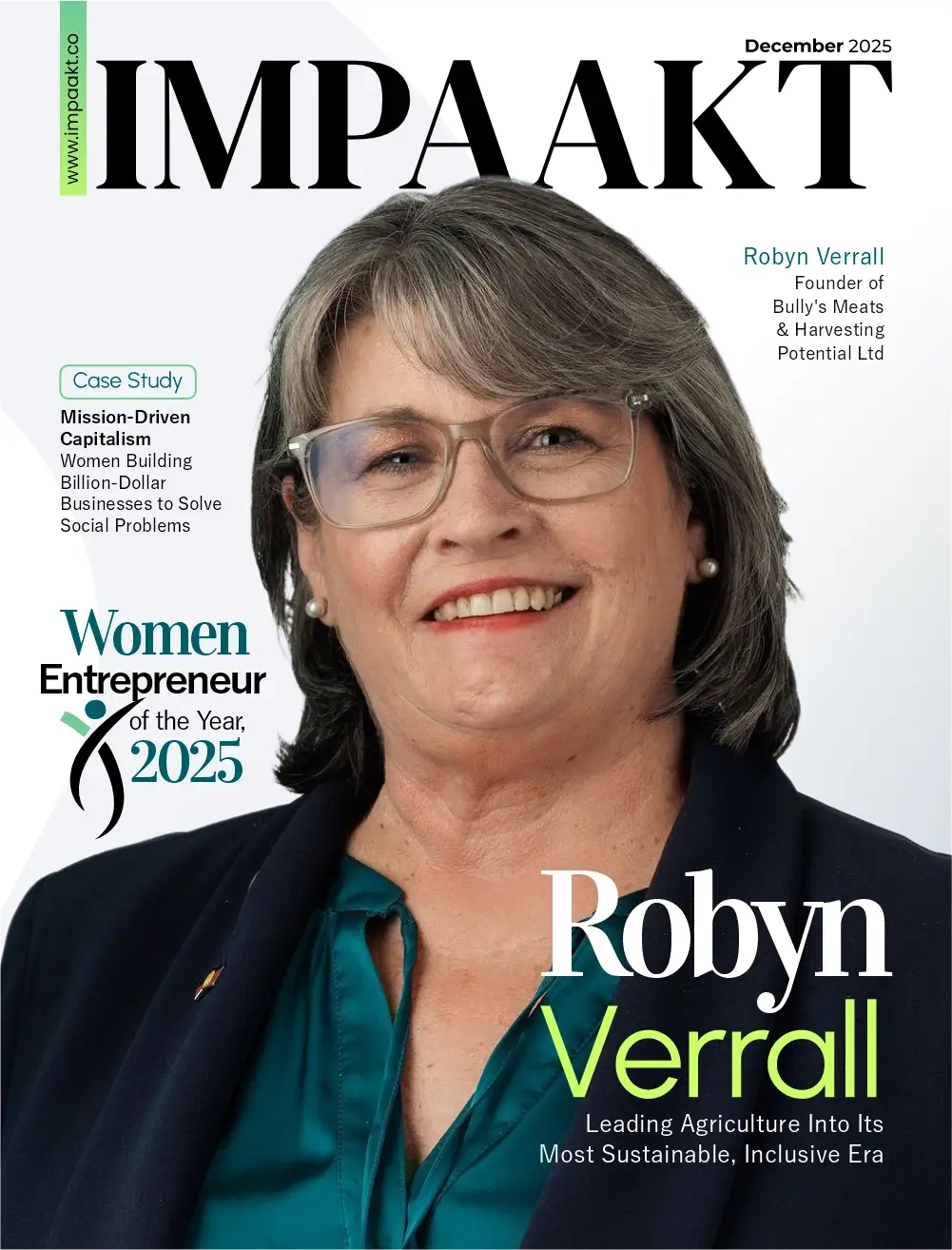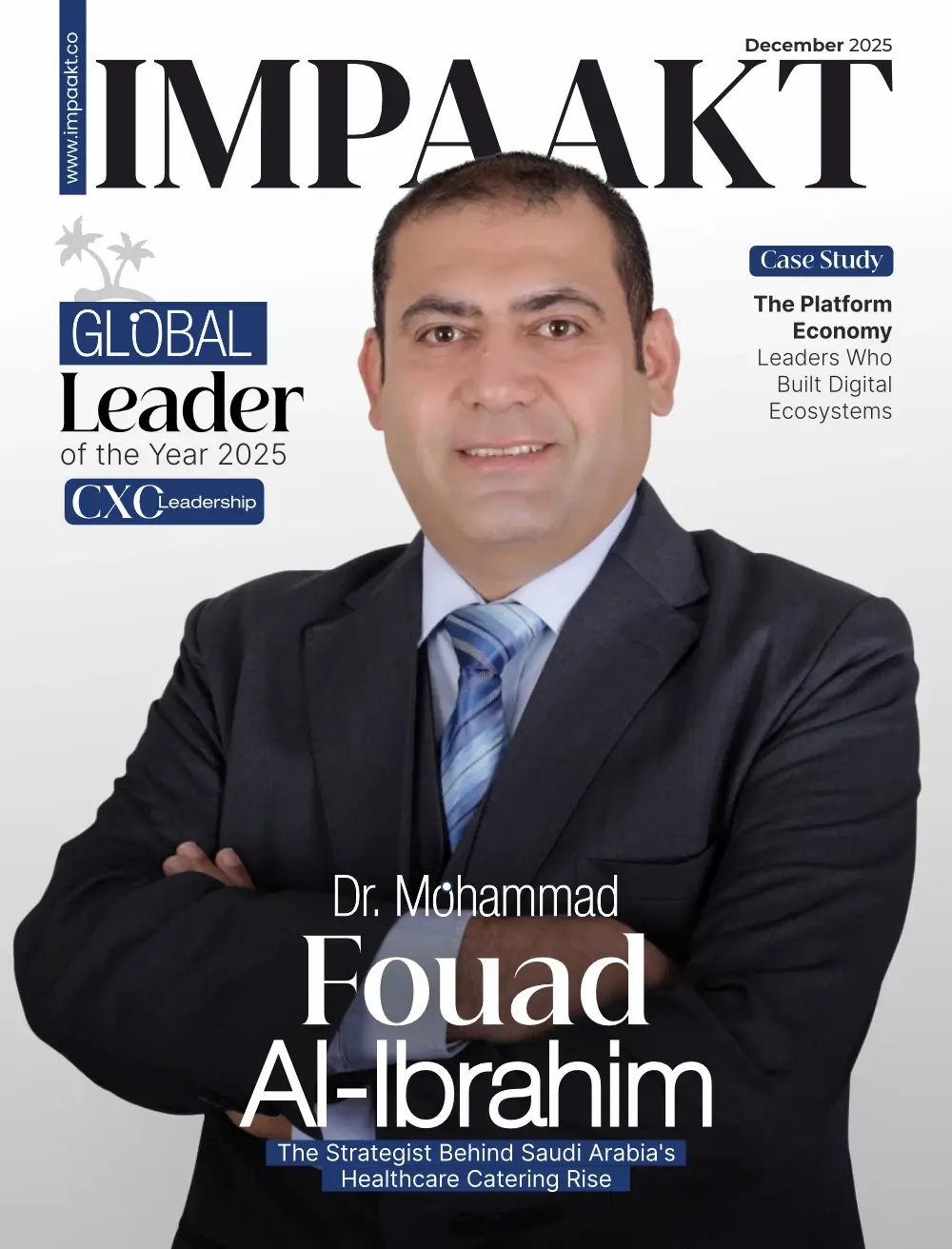In today’s escalating threat landscape, multifactor authentication has evolved from a recommended security layer to an essential pillar for safeguarding digital systems. As organizations and individuals face increasingly sophisticated cyber attacks, Multifactor Authentication trends for 2025 are pushing toward more adaptive, passwordless, and AI-driven approaches.
The Rise of Passwordless Multifactor Authentication
Traditional passwords are no longer enough. In 2025, multifactor authentication is shifting toward passwordless methods, such as biometrics (fingerprint, facial recognition), hardware tokens, and FIDO2-compliant solutions . This transition reduces risks associated with phishing, brute‑force attacks, and credential stuffing.
AI-Driven and Adaptive Multifactor Authentication
The future of multifactor authentication is intelligent. AI and ML systems dynamically assess login context—location, behavior, device—to trigger additional factors only when needed . This adaptive multifactor authentication enhances security while reducing user friction, marking a significant advancement for 2025 .
Secure Biometrics and Behavioral Methods
Biometrics—fingerprint, iris, voice—are now integral to multifactor authentication and growing rapidly . Coupled with behavioral analytics like typing patterns or mouse movements, these layered methods allow continuous, transparent verification without disrupting user flow .
MFA’s Critical Role in Zero-Trust Architectures
Zero‑Trust strategies—which require authentication for every resource access—depend heavily on multifactor authentication. Integrating MFA with real-time analytics and least-privilege access policies strengthens defenses across cloud, remote work, and IoT environments.
Market Growth and Regulatory Adoption
The multifactor authentication market is projected to reach $13.76 billion in 2025, driven by rising cyber threats, compliance mandates, and cloud/remote work trends. Regulatory bodies—such as PCI-DSS and HIPAA—are now mandating MFA usage and recent US healthcare rules propose mandatory MFA for patient data access .
MFA Effectiveness: Stats You Can’t Ignore
-
99.9% of account compromises are prevented when MFA is enabled .
-
MFA reduces compromise risk by over 99.2%, even with leaked credentials.
These numbers emphasize that multifactor authentication is the most effective tool to reduce cyber breach risks.
Best Practices for Implementing MFA in 2025
-
Use Multiple Authenticator Types: Combine biometrics, hardware tokens, and software-based OTPs .
-
Adopt Adaptive MFA: Leverage AI to enforce context-aware authentication .
-
Prioritize Usability: Minimize friction with passwordless options.
-
Continue Testing: Regularly validate MFA configurations and response readiness .
-
Educate Users: Train staff to recognize phishing and MFA fatigue attacks .
MFA Fatigue and Phishing Mitigation
Even robust MFA can be defeated by fatigue attacks, where users repeatedly approve bogus prompts until they mistakenly accept .
Defenders must:
-
Educate users about suspicious prompts,
-
Limit notification rates,
-
Employ AI to detect anomalous approvals.
Future Outlook: What’s Next for Multifactor Authentication
-
Decentralized Identity & Blockchain: Users managing credentials via self-sovereign identity solutions Continuous Authentication: Ongoing verification using behavioral signals.
-
IoT and Critical Infrastructure: Expanding MFA to cover diverse device ecosystems.
-
Hardware Keys & Universal 2nd Factor: Continued reliance on devices like YubiKey for ultra-secure contexts.
Conclusion
MFA is no longer optional—it’s the foundation of cybersecurity 2025. From passwordless login to AI-driven adaptivity, MFA transforms the user experience while delivering unparalleled protection. Adoption is booming, compliance is tightening, and cyber threats are becoming more opportunistic, making MFA the definitive response.
For in-depth insights on emerging cybersecurity strategies, read IMPAAKT—your top business magazine for tech leadership.











